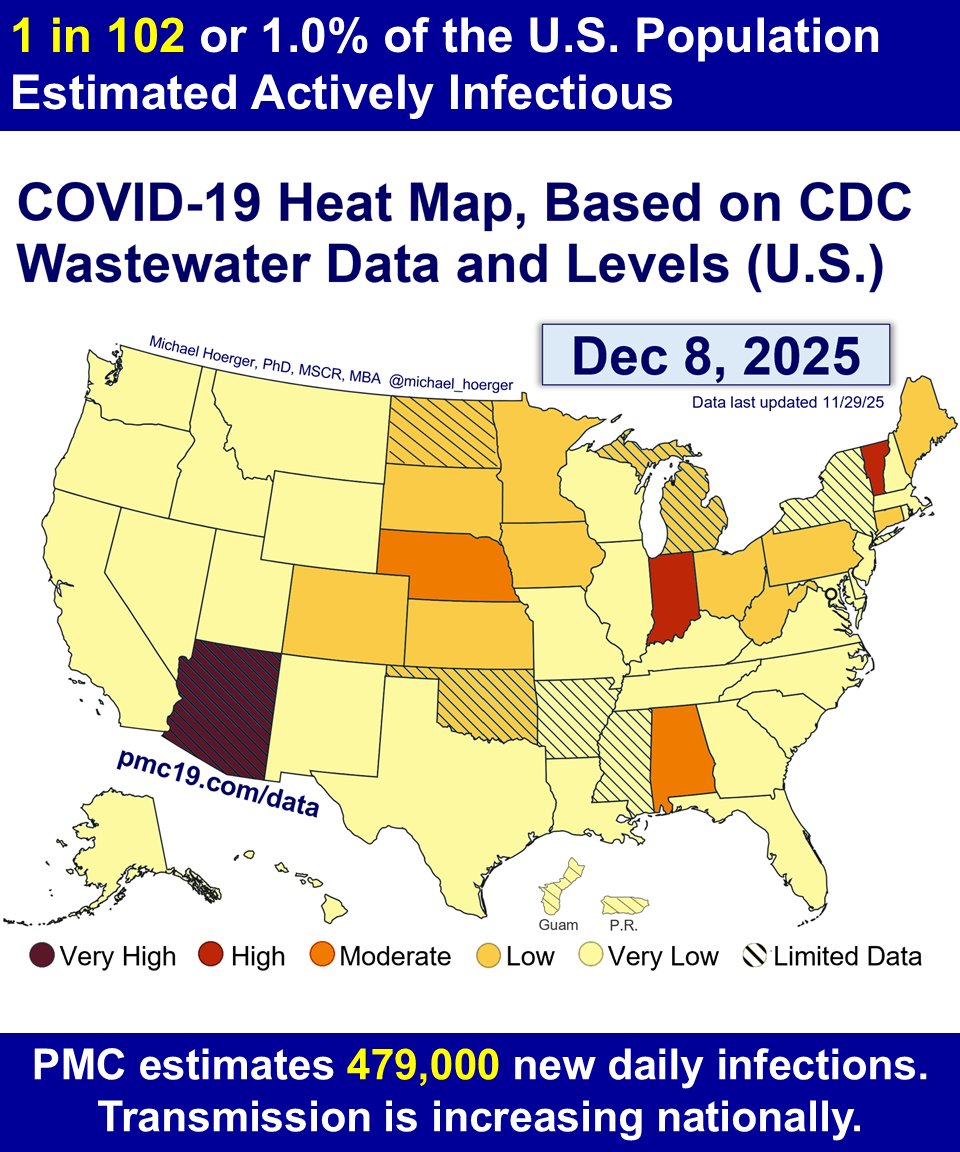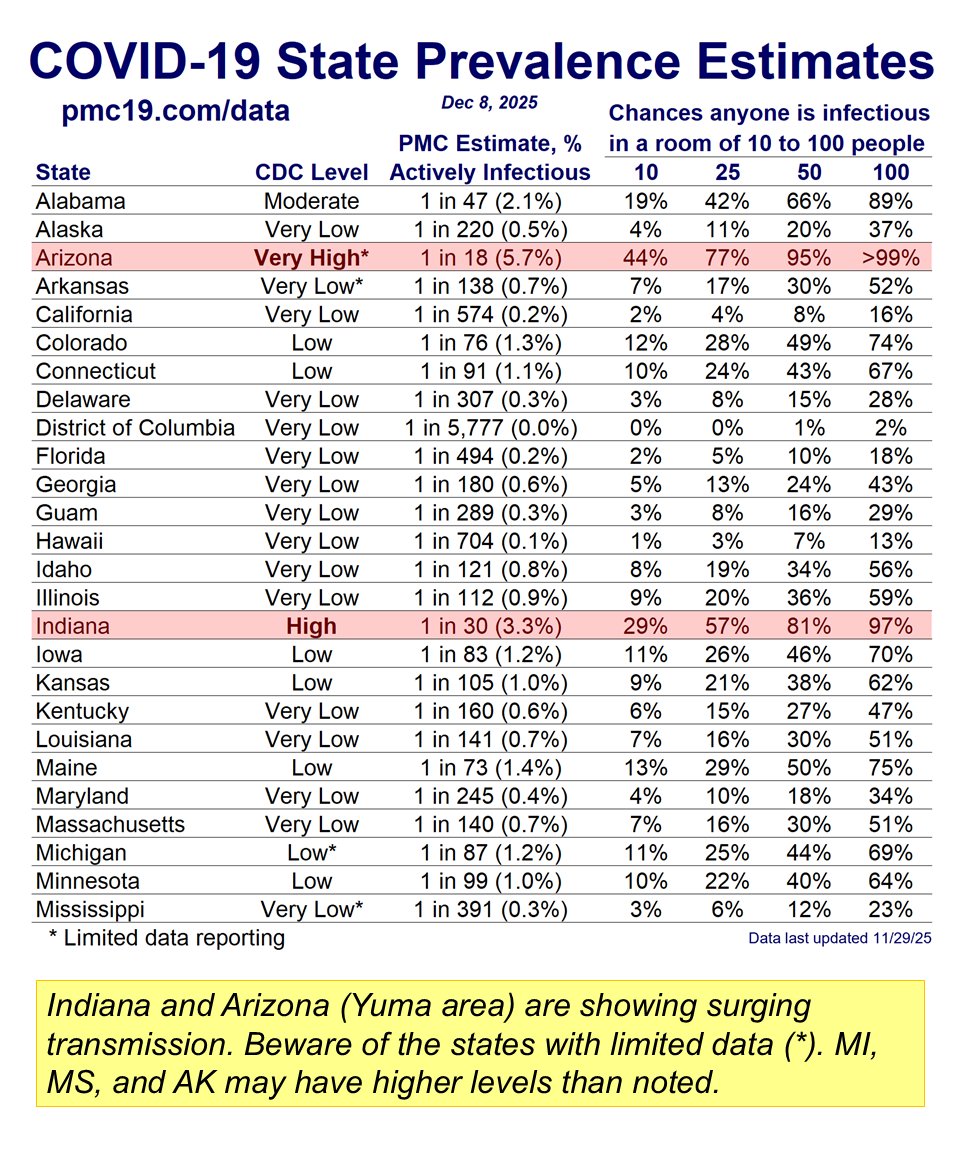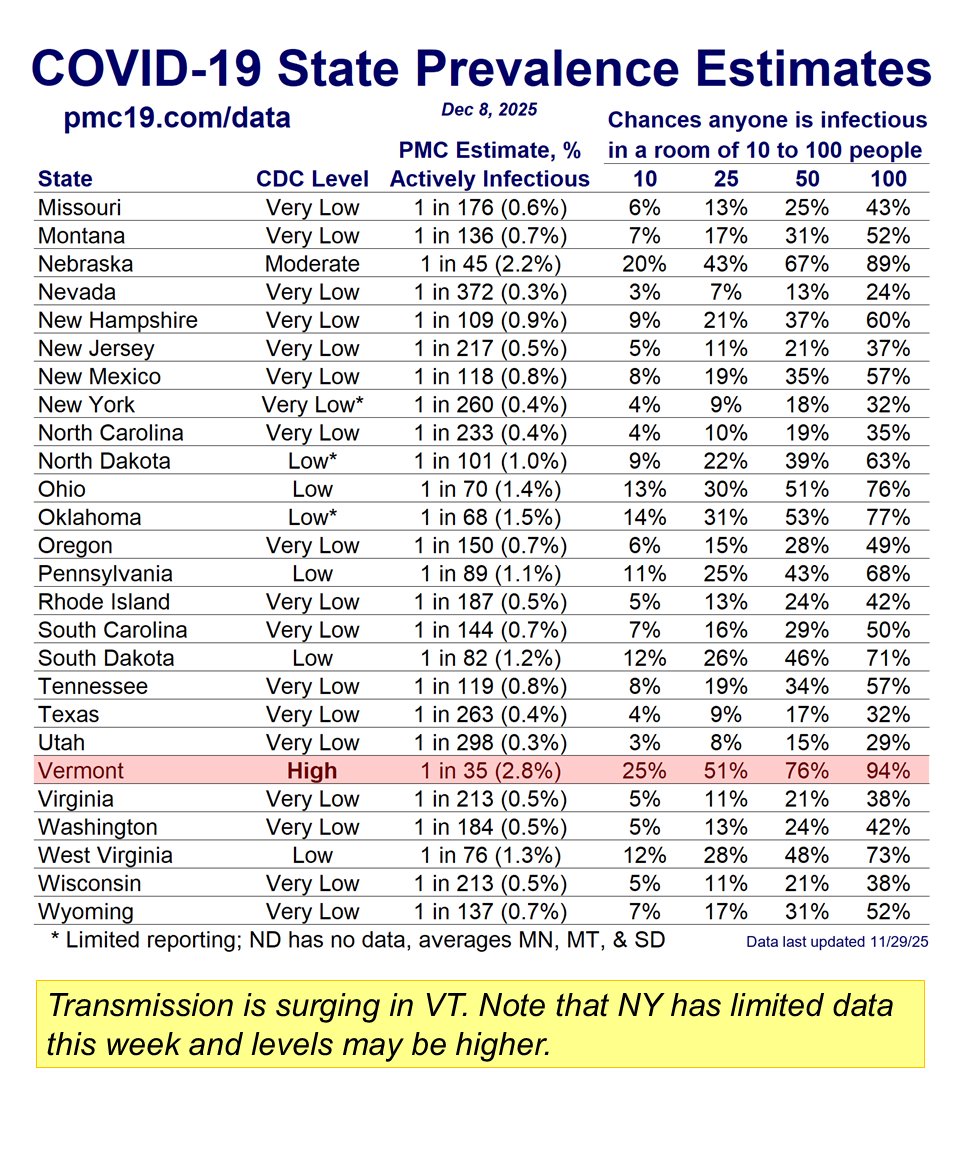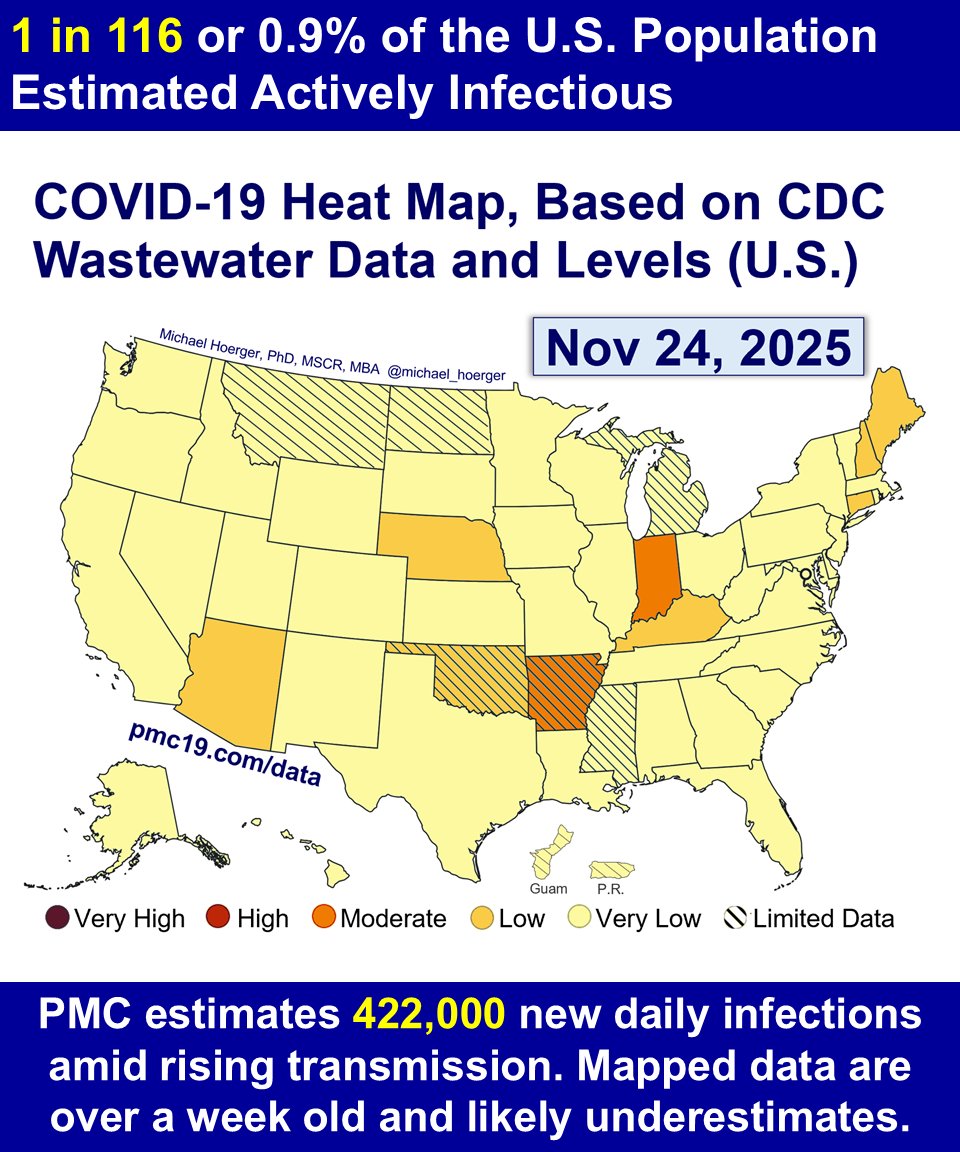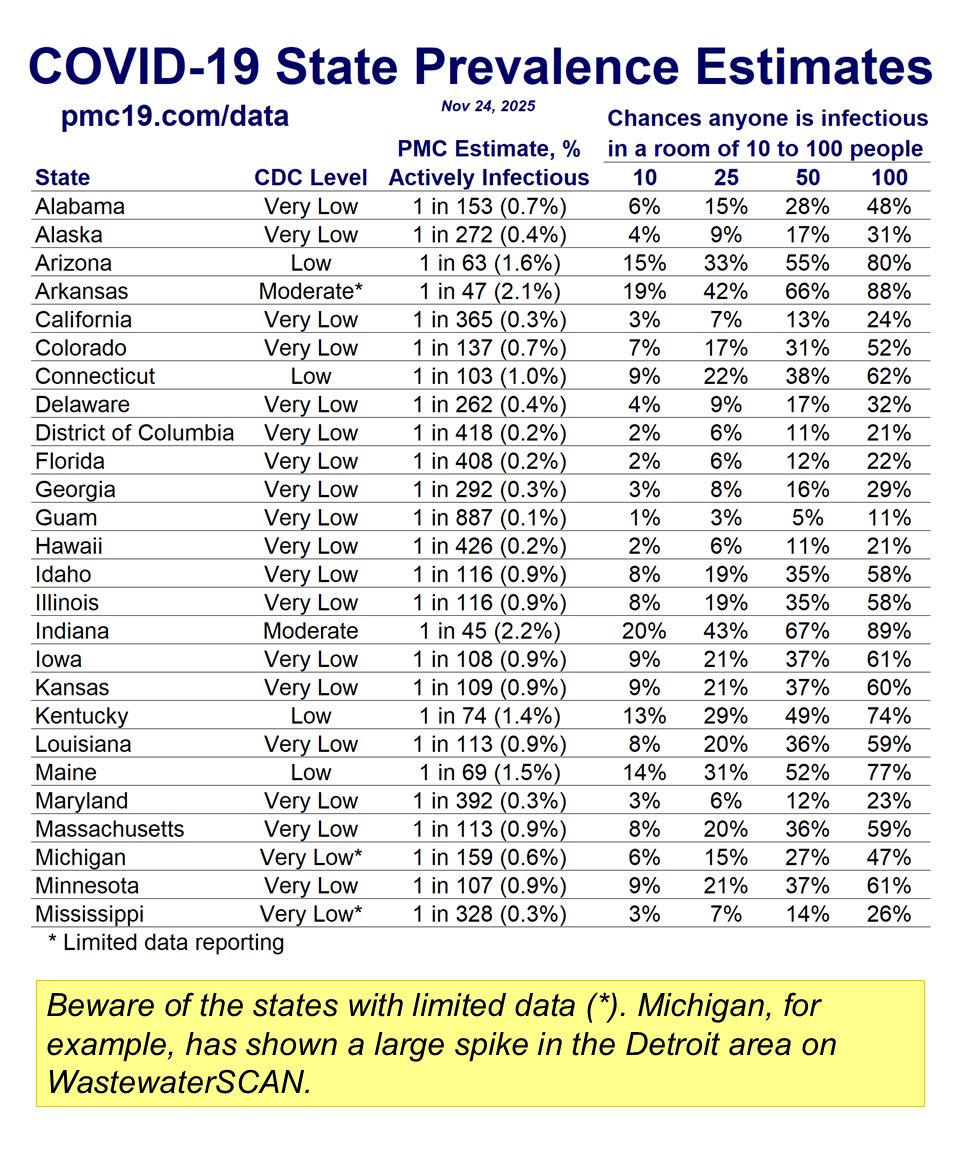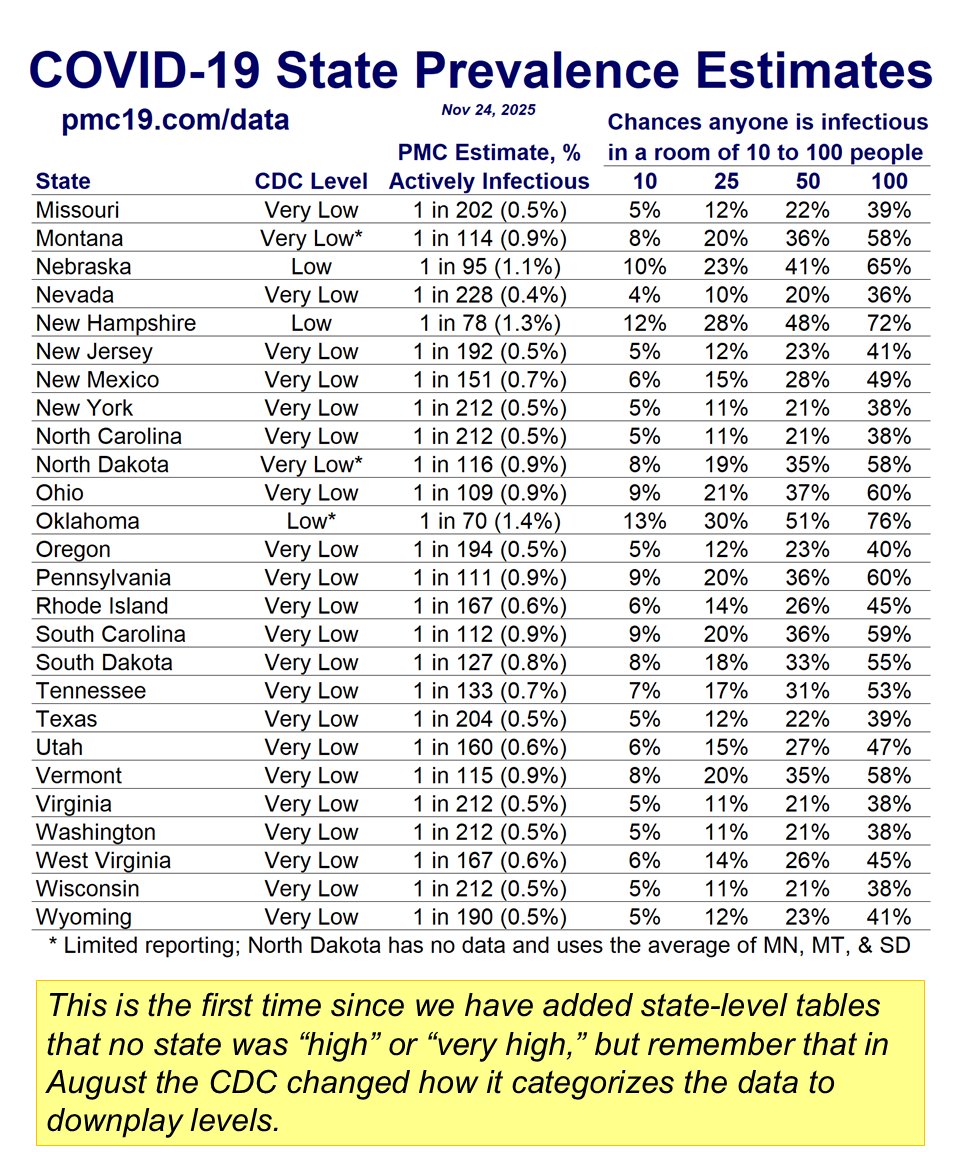I read this article with such excitement, especially being published in JAMA IM. Unfortunately, the devil is in the details.
When the analyses account for dropout (correctly), the findings largely fall away. This is buried in the Supplemental Materials.
See ALT text for more.
When the analyses account for dropout (correctly), the findings largely fall away. This is buried in the Supplemental Materials.
See ALT text for more.
https://twitter.com/MeetJess/status/1963073629605830780

That's the most obvious issue, and I would consider it a fatal flaw.
The potentially larger issues scientifically, which cannot be adjudicated with the published findings, is whether there was bias in the recruitment timeline.
Almost all of their observed effect occurs between days 5-20 (e.g. Fig 2). It's really weird. One would expect a more uniform effect across the follow-up period for this type of study. I wonder if the placebo participants happened to be more likely to enroll at the onset of a wave, or intervention participants more likely to enroll during a lull. The purpose of randomization is to deal with these sorts of issues, but with so few infections overall, even a small bias in recruitment timing could be a problem.
This is a real concern. Perhaps getting participants set up for the Az spray is more arduous. A ton of people enroll as a wave picks up, those in the placebo group start earlier, more infections recorded. Those in the intervention start a few days later, maybe as a wave is winding down.
The authors could have easily dealt with this by controlling for population transmission on the day of enrollment.
The potentially larger issues scientifically, which cannot be adjudicated with the published findings, is whether there was bias in the recruitment timeline.
Almost all of their observed effect occurs between days 5-20 (e.g. Fig 2). It's really weird. One would expect a more uniform effect across the follow-up period for this type of study. I wonder if the placebo participants happened to be more likely to enroll at the onset of a wave, or intervention participants more likely to enroll during a lull. The purpose of randomization is to deal with these sorts of issues, but with so few infections overall, even a small bias in recruitment timing could be a problem.
This is a real concern. Perhaps getting participants set up for the Az spray is more arduous. A ton of people enroll as a wave picks up, those in the placebo group start earlier, more infections recorded. Those in the intervention start a few days later, maybe as a wave is winding down.
The authors could have easily dealt with this by controlling for population transmission on the day of enrollment.
• • •
Missing some Tweet in this thread? You can try to
force a refresh





